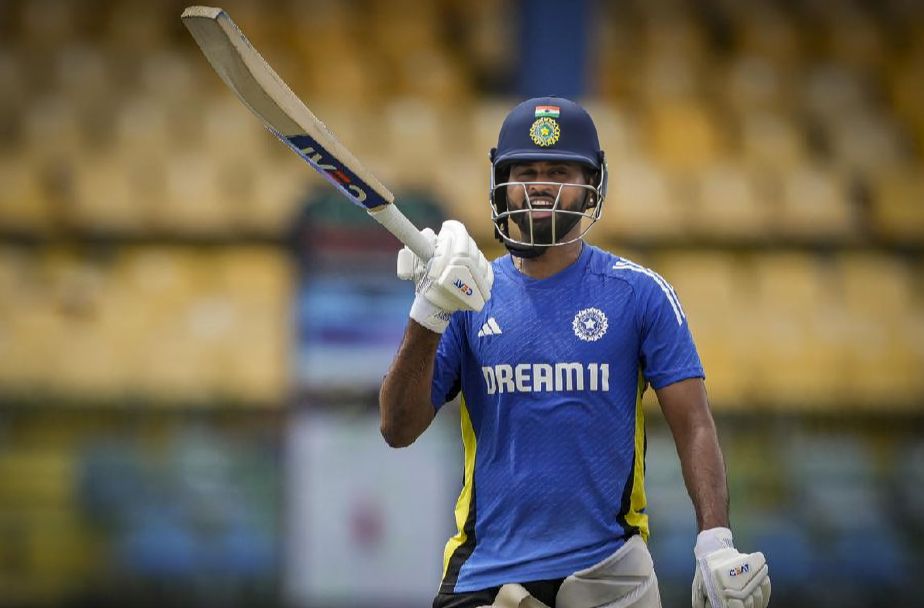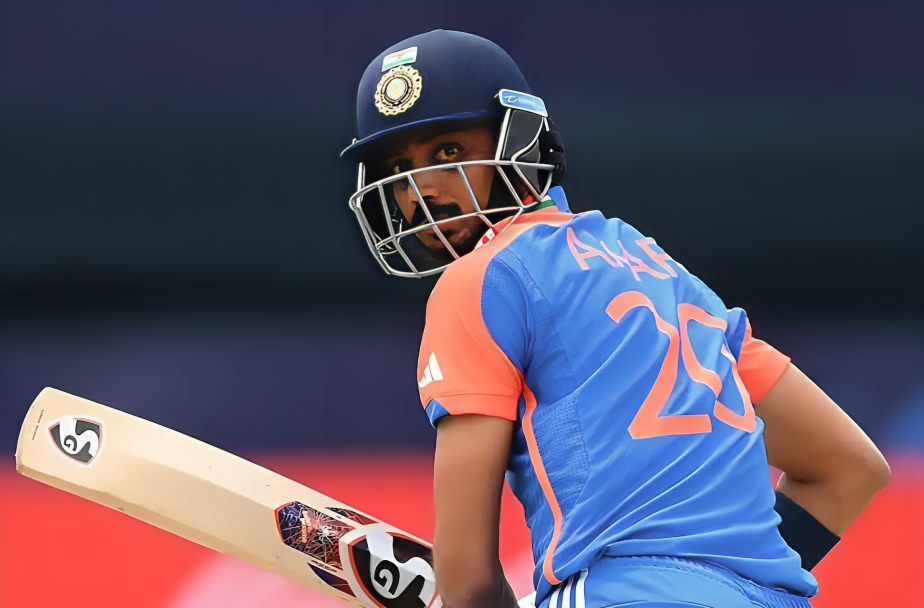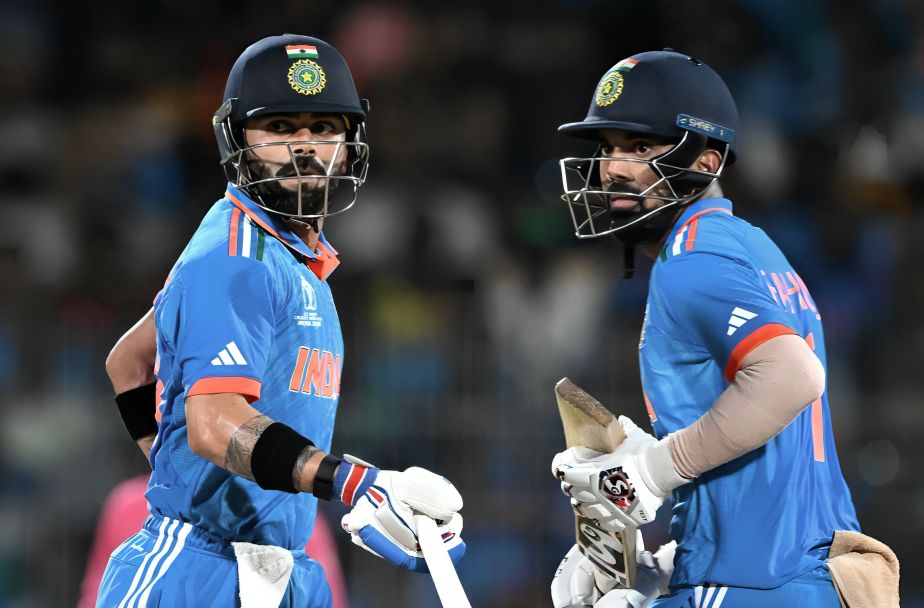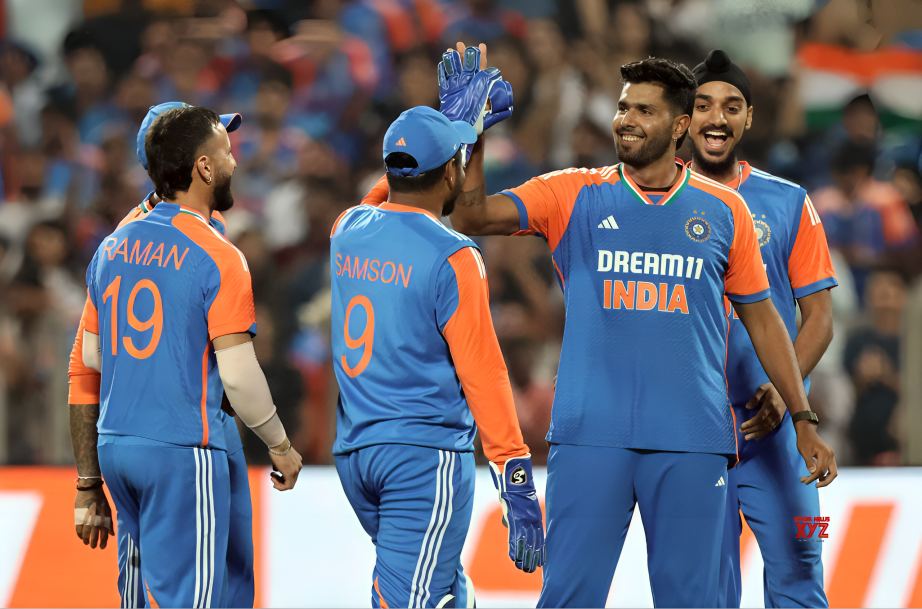India’s ODI series win against England brought 5 key positives: dominant top-order batting, a solid middle-order floater, improved performances from senior players, promising young bowlers, and strong squad depth. These takeaways strengthen India’s confidence ahead of the ICC Champions Trophy 2025, providing crucial momentum for the tournament.
1. Shreyas Iyer once again cements his place at No. 4

Iyer revealed he was initially set to be benched for the first ODI, as Yashasvi Jaiswal was to make his debut, but Kohli’s injury allowed him to play. Iyer capitalized on this opportunity with a strong performance, smashing 59 runs off 36 balls in Nagpur. He followed up with 44 off 47 in Cuttack and then showcased his best form in Ahmedabad, scoring 78 off 64. Despite a stellar World Cup 2023, Iyer had to prove his worth for the No. 4 spot again, which he firmly secured with these impressive performances.
2. Rohit Sharma is not done yet

After dropping himself for the Sydney Test due to poor form in Test cricket, Rohit Sharma proved his dominance in ODIs with a blistering 119 off 90 balls in Cuttack. His knock guided India to chase down a target of 305 with more than five overs to spare, reaffirming his ODI prowess.
3. Axar Patel’s gives middle-order respite

At the World Cup, India’s top six consisted entirely of right-handers, and it seemed like the same approach would continue in the Champions Trophy. However, Gautam Gambhir’s decision to use Axar Patel as a middle-order floater has paid off. Axar batted at No. 5 in the first two ODIs, scoring 52 (47) and 41* (43). This strategy worked particularly well against England’s leg-spinner Adil Rashid and left-arm spinner Jacob Bethell, who struggled against Axar. His left-handedness offers India a valuable option to disrupt the rhythm of opposition spinners.
4. Virat Kohli and KL Rahul do well in third ODI

After struggling earlier in the series, senior players Virat Kohli and KL Rahul delivered crucial performances in the third ODI. Kohli started slowly but managed to score 52 off 55 balls at a good rate. Rahul, initially cautious with his approach as his place in the lineup was uncertain, later played aggressive shots to finish with 40 off 29. These positive performances from both players are encouraging signs for India’s batting order as they head into the Champions Trophy.
5. Harshit Rana and Arshdeep Singh show promise

In the absence of Jasprit Bumrah, India strategically included Harshit Rana in all three ODIs, and he responded well with six wickets at an average of 24. Despite being hit for a few boundaries, Rana showed resilience by taking crucial wickets. Arshdeep Singh made an impact in the third ODI, dismissing dangerous openers Phil Salt and Ben Duckett. These performances highlight India’s ability to adapt and rotate their bowlers effectively, with Rana’s consistent showing and Arshdeep’s breakthrough wickets providing a solid foundation in the bowling department ahead of upcoming challenges.

